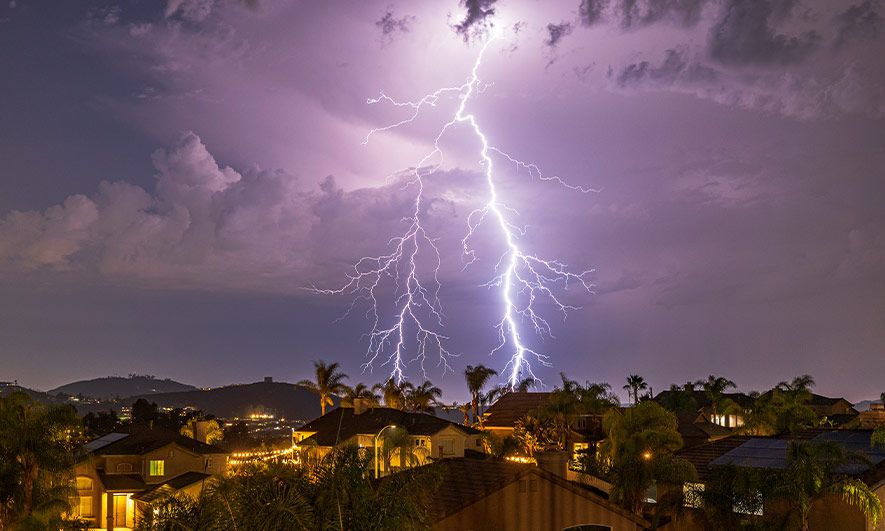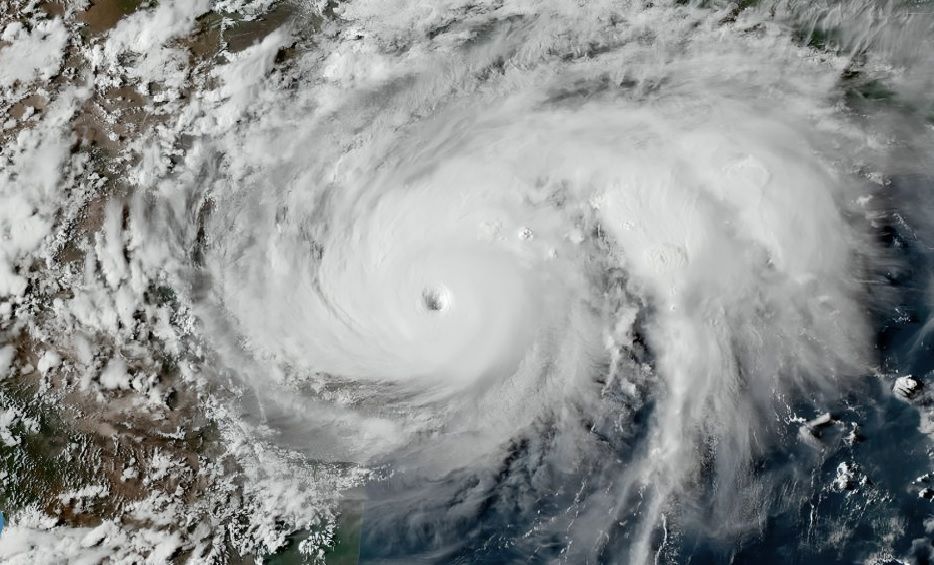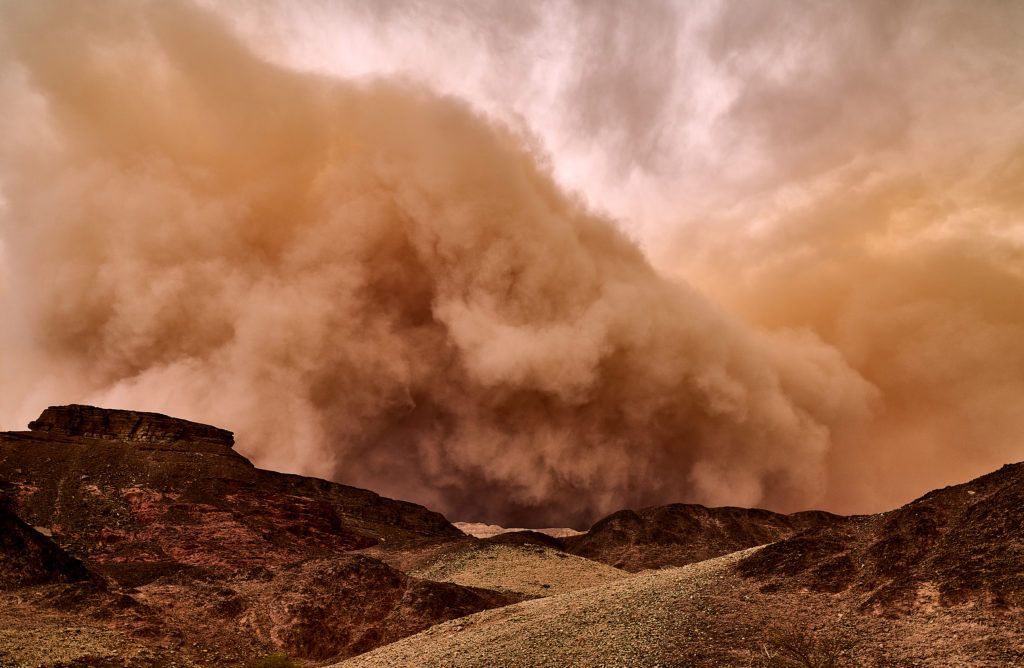
“
Have you ever wondered what makes the sky light up with lightning or how a powerful tornado forms? Stormy weather can be both awe-inspiring and a little scary, but it's also a fascinating part of nature. In this blog, we'll explore "Stormy Weather Facts" to uncover some incredible details about different types of storms, from thunderstorms and hurricanes to blizzards and sandstorms. Get ready to dive into the exciting world of weather and learn some unique and little-known facts that will make you a storm expert!1
1
”
A storm is a severe weather event characterised by intense conditions such as strong winds, heavy rainfall, thunder, and lightning. Depending on their severity, storms can also include hail or snow, and they vary greatly in size and intensity, impacting different regions differently. 1
The most named storms arising specifically in the Atlantic Ocean in one year was 30, also in 2020. For the Pacific, the record is 39, logged in the West Pacific Basin in 1964.2

Thunder and lightning are common phenomena during storms. Lightning is a powerful electrical discharge that occurs between clouds or between a cloud and the ground. At the same time, thunder is the sound produced by the rapid expansion of heated air surrounding the lightning bolt.
Thunderstorms develop when warm, moist air rises rapidly into the atmosphere, cools, and condenses to form clouds. This process can produce intense rain, thunder, and lightning as the storm evolves and energy is released. 3
The "eye" of a hurricane is the calm, relatively clear center of the storm, surrounded by the eyewall. The eyewall contains the storm's most intense winds and heaviest rains, creating a stark contrast to the calm conditions in the eye. 4
The most intense tropical cyclone ever recorded was Typhoon Tip. It formed on October 4, 1979, and dissipated on October 24, 1979. At its peak, Typhoon Tip had an eye pressure of only 870 mbar (25.69 inHg) and sustained winds reaching 306 km/h (190 mph). 5

Hurricanes are massive, powerful storms that form over warm ocean waters. They feature strong winds and heavy rainfall and can cause extensive damage when they make landfall, impacting coastal regions with flooding and high winds.
Lightning travels at speeds up to 220,000 miles per hour and can reach temperatures of approximately 30,000 degrees Celsius (54,000 degrees Fahrenheit), making it hotter than the surface of the sun and producing a brilliant flash across the sky. 6
Heavy rain during thunderstorms can make animals feel helpless. Flooding disrupts habitats and affects food availability, potentially impacting wildlife survival. 7
While thunder itself doesn’t harm humans or animals, lightning can be deadly. Lightning strikes can cause electrocution or fires. Interestingly, the only recorded animal struck by lightning was Betsy the giraffe, who unfortunately didn’t survive the experience.8
A blizzard is a severe snowstorm with strong winds, low temperatures, and heavy snowfall that significantly reduces visibility and makes travel hazardous. The combination of these factors creates dangerous conditions for both people and vehicles.9

Sandstorms, or dust storms, occur in arid and semi-arid regions where strong winds lift large amounts of sand and dust into the air, creating a dense cloud that can reduce visibility and impact air quality.
A storm surge is an abnormal rise in sea level caused by the strong winds and low pressure of a hurricane or other powerful storm. This surge can lead to coastal flooding and cause significant damage to coastal communities and infrastructure.10
Weather radar is a tool used to detect and monitor precipitation such as rain, snow, and hail. It helps meteorologists track storm movement and intensity, providing valuable data to forecast weather conditions and issue warnings. 11
Tornadoes are violent and rotating columns of air extending from a thunderstorm to the ground. They can cause severe damage due to their extremely high wind speeds, which can uproot trees, destroy buildings, and create significant hazards. 12
Lightning transforms the nitrogen in our atmosphere into a form that plants can use. Around 16 million thunderstorms occur worldwide each year, generating approximately 44 lightning strikes per second. When lightning strikes, it breaks the bonds holding nitrogen gas (N₂) molecules together.13
A derecho is a widespread, long-lived windstorm associated with a line of rapidly moving showers or thunderstorms. It can produce straight-line winds with damage comparable to that of tornadoes but over a much larger area.14
Storm chasers are individuals, including scientists and enthusiasts, who actively follow and study storms. They gather data and observe storm behaviour to enhance understanding and improve weather forecasting accuracy. 15
The Doppler effect is used in weather radar to measure the velocity of precipitation, helping meteorologists determine the speed and direction of storms. This technology is crucial for tracking storm movement and intensity. 16
Preparing for storms involves having a comprehensive safety plan, which includes knowing where to seek shelter, maintaining an emergency kit with essential supplies, and staying informed through weather alerts and updates to ensure readiness during severe weather events. 17


